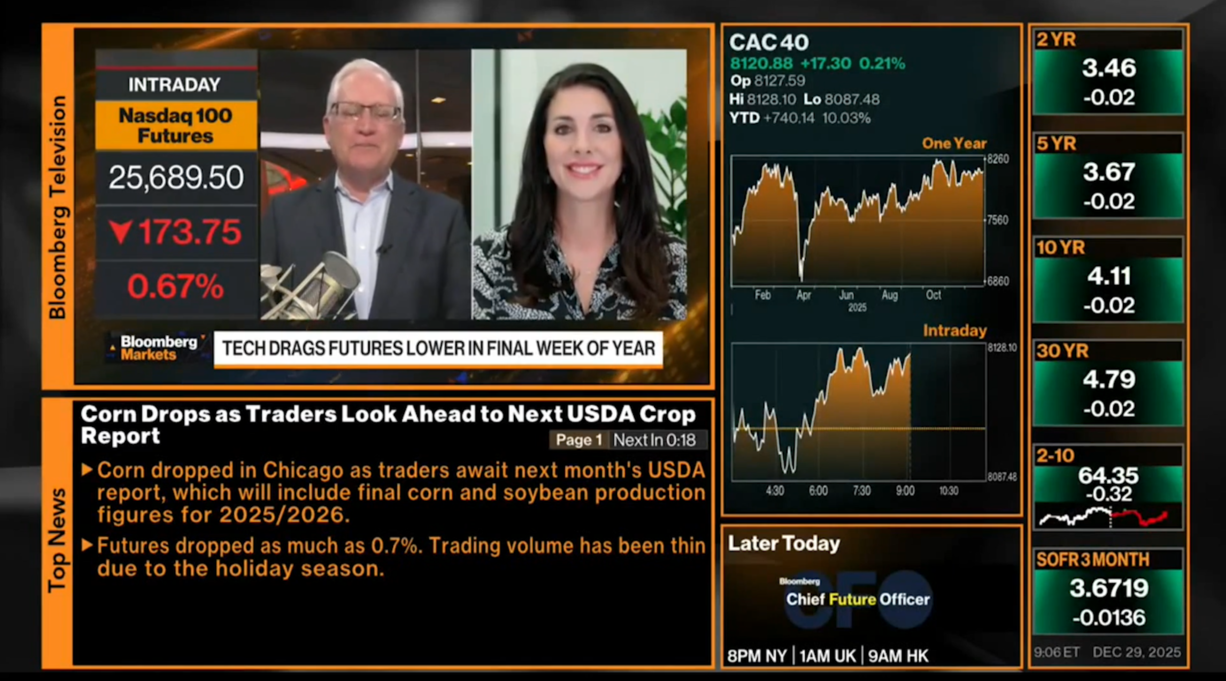If you’re a homeowner, the Fed’s decision on future rate cuts could mean big savings on your mortgage. 💸 Here are two strategies to consider:
Refinancing: replace your loan and potentially lock in a lower rate
Recasting: keep your loan, but lower your monthly payments if you’ve paid down the principal
Both are great options but come with their own benefits and drawbacks. Watch the video to learn more! 👇
Refinance vs. Recast: Which Saves You More If Rates Drop? Video Transcript:
If you’re a homeowner and want to lower your mortgage payments, you might be hearing words like “refinancing” or “recasting”. But, what’s the difference? And which one could save you more money? Especially with talk of possible interest rate cuts this year, you’ll want to know which strategy is right for you.
What Is Refinancing?
Let’s start with refinancing. Refinancing means you replace your current mortgage with an entirely new one.
You might do this to lock in a lower interest rate, shorten your loan term, or even tap into your home’s equity. It’s a full process, though. From application to credit check, appraisal and closing costs. But if rates have dropped since you got your loan, refinancing could mean serious savings over the long run.
What Is Recasting?
Now, recasting is a different approach.
With recasting, you keep your current mortgage. But if you’ve made a lump sum payment or even just extra payments towards your principal over time, your lender can recalculate your monthly payments based upon the lower balance. The interest rate and loan term stay the same, but your payments drop. It’s simple, costs very little, and you don’t have to go through the reapplication process.
By doing this, you’re reducing your principal balance, and you’ll pay less interest over the remaining life of the loan. Just keep in mind: not all lenders offer recasting, and not all loan types qualify.
Refinancing or Recasting: Which Should You Choose?
So, here’s the quick takeaway. Refinancing makes sense if rates are significantly lower than when you locked yours in, and you’re okay with going through the full loan process again.
Recasting can be a great option if you’ve come into some extra cash now or have made extra payments towards your principal in the past, and you just want to reduce your monthly payment without changing the loan. If you’re trying to figure out which is right for you, the first step is simple: run the numbers and talk to your lender.
And if this helped clarify the difference, please share or reach out with questions. You can also contact me at [email protected].




